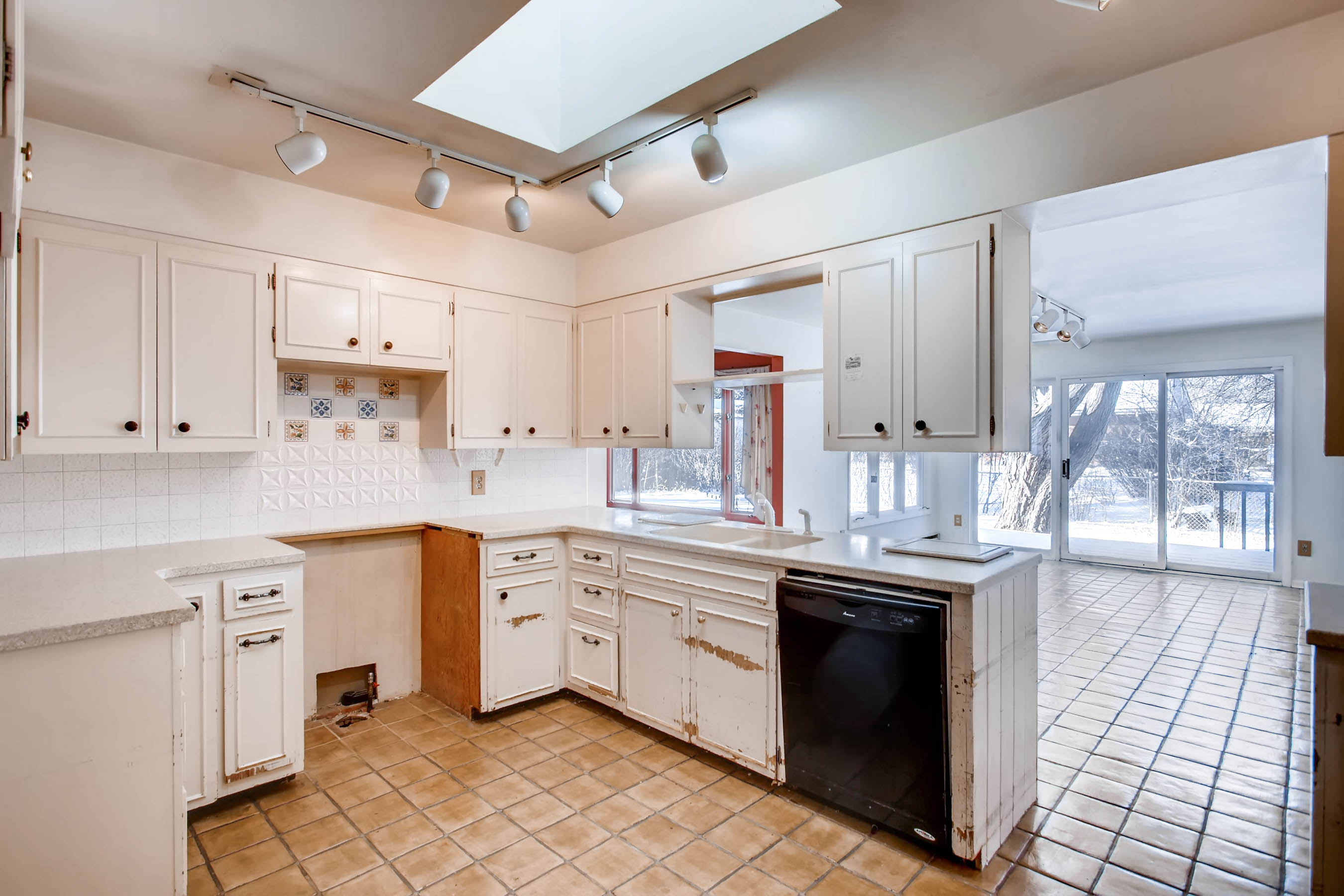How to Decide Where to Put the Toilet in Your New Bathroom
From the beginning of your bathroom renovation, your plumbers and framers need to know where your toilet should go — whether it’ll be mounted on the floor or wall and where the water supply should be positioned. If that’s not complicated enough, wall paneling, tile installation, shower doors and baseboards will all factor into the equation for your toilet location, too.
Don’t feel overwhelmed — finding the right professional can help you get through the technical stuff, and having a handle on these tips and tricks can help you find a spot for your toilet that works for you and your bathroom’s design.

Toilet 1: Enviable Designs Inc, original photo on Houzz
Take Note of Wall Panels and Baseboards
Most toilets are roughed-in 12 inches from the finished wall. This works well for most floor-mounted toilets.
Tip: Some toilets require floor anchoring clips — another limiting factor because it can interrupt radiant heating. Talk with your floor heating contractor before choosing this type of toilet to make sure that the anchors won’t mess with water lines or heating cables.

Toilet 2: kbcdevelopments, original photo on Houzz
What a classic bathroom — I love it. The look and feel of the toilet fits in with the baseboard and crown molding perfectly. I would guess the baseboard wraps behind the toilet for a seamless look.
Tip: It’s very hard to paint behind toilet tanks like this. I suggest painting the wall and installing the baseboard before putting the toilet in.
Plan Out Your Shower First
If you’re planning on having a barrier-free shower near your toilet, consider installing a wall-mount toilet to make waterproofing measures simpler for your contractor.

Toilet 3: Beyond Beige Interior Design Inc, original photo on Houzz
Shower doors also play a role in your toilet’s location. To meet building codes, a shower door needs to open both in and out, so you’ll want to take the door swing into account when choosing your toilet spot.
Tip: Work with your contractor to play with different toilet and door locations when finalizing your shower’s size. Use a piece of string and a marker to draw an arc on the floor to show the door swing. This will help you visualize where a toilet can fit comfortably.
Decide on a Wall Mount or Floor Mount
Installing a wall-mount toilet is a chore. All of them require a wall carrier to support the toilet, and some have very exact water supply positions, which allows for little flexibility in location. However, the look is seamless and modern and has some functional benefits as well.
Tip: A standard toilet is 14 to 15 inches high from the finished floor to the top of the bowl (excluding the fold-down seat). Consider a higher measurement of 16 to 18 inches for your wall-mounted toilet if you plan on aging into your golden years. It may seem high now, but you’ll be thankful for the added height later.

Toilet 4: kbcdevelopments, original photo on Houzz
Wall-mounted toilets are great for smaller spaces because the tank is inside the wall. In this installation, you can see that the builder brought the wall forward for this wall-mounted toilet’s water carrier to create a ledge above the sink and toilet for the flush activator. Usually these ledges are larger, and I love the smaller version here.

Toilet 5: Fixture Universe, original photo on Houzz
During installation, most toilets are dropped in over two bolts and the bolts are trimmed and capped to keep the toilet in place. Many clean line toilets (which are great for easy cleaning) have separate mounting blocks, and the toilet is screwed into place from the two sides. This Duravit toilet has those great clean lines, but the same easy installation as a regular toilet.
Tip: We have a 10-flush rule with any new toilet. After it’s installed but before using any silicone, we flush the toilet 10 times back to back to make sure everything’s functioning properly.
Note that floor-mounted and wall-mounted toilets come in regular and elongated versions. If you’re tight on space, look for a regular or smaller model.

Toilet 6: Bill Fry Construction – Wm. H. Fry Const. Co., original photo on Houzz
Pay Attention to Any Recesses or Compartments
In this photo, the recessed shelves above the toilet allow for more headroom and save space. This clever use of space was no doubt made possible by good planning. Make sure your entire building crew knows about spaces like this ahead of time for a successful build.
Tip: Check that your builders spray paint the framing around these niche locations before any wires, pipes or insulation is installed.
If you are planning a toilet compartment, the NKBA recommends a space about 36 by 66 inches, with a 32-inch-wide doorway. The absolute minimum would be 30 by 60 inches, which leaves just 15 inches of space on either side of the toilet rough-in.
Tip: If you’re worried about the bottom of your toilet scratching your floor tile or hardwood during installation, consider using scraps of Kerdi waterproofing membrane on the bottom of the toilet. Anything that will stick to the toilet bottom — extra peel-‘n-stick tiles, scraps of linoleum, etc. — can work.
By JW, Houzz
The post How to Decide Where to Put the Toilet in Your New Bathroom appeared first on Fort Collins Real Estate | Fort Collins Homes for Sale & Property Search.

















































